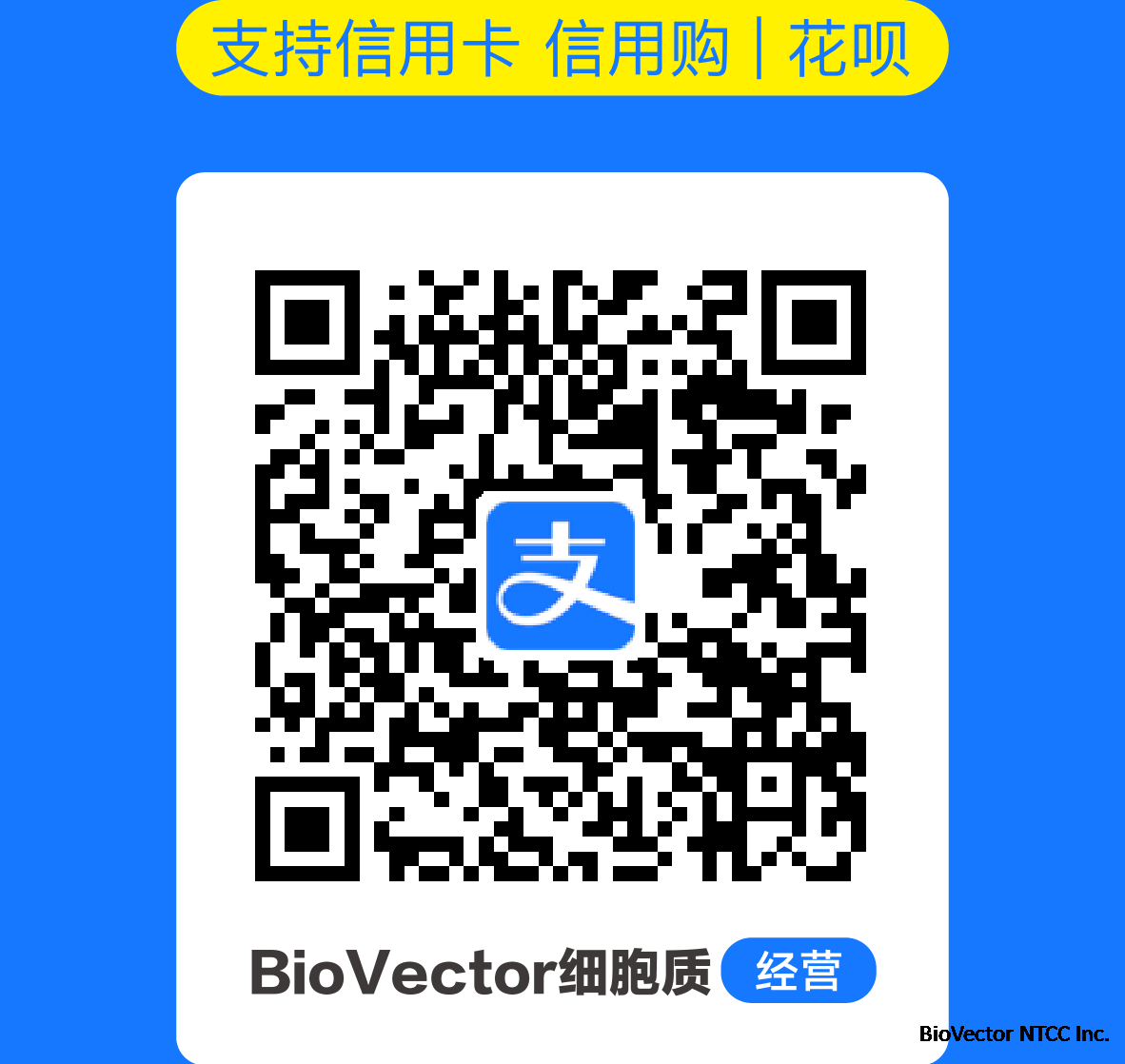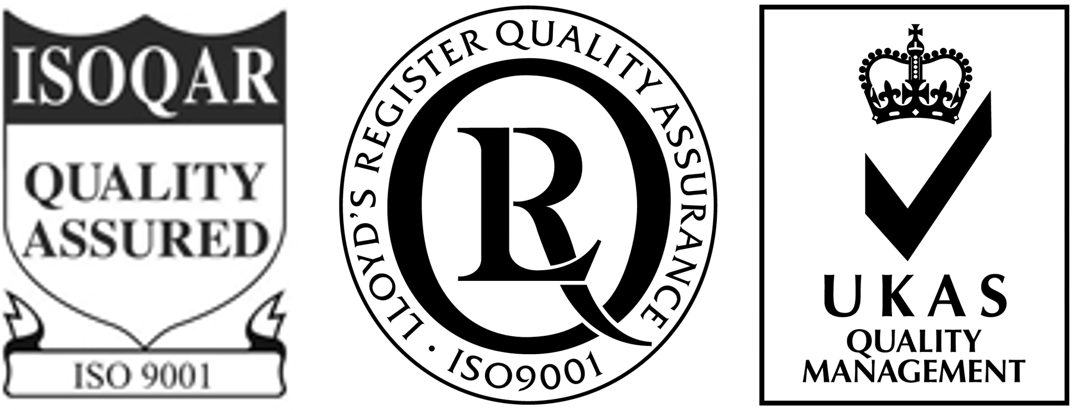Normal Primary Human Aortic Endothelial Cells, when grown in Vascular Cell Basal Media supplemented with Endothelial Cell Growth Kit components, provide an ideal cell system to propagate aortic endothelial cells in low serum conditions with or without the addition of human recombinant VEGF.
HAEC Primary Aortic Endothelial Cells; Normal, Human人主动脉内皮细胞原代细胞/完全培养基-BioVector NTCC保藏中心
- 价 格:¥69893
- 货 号:BioVector931613
- 产 地:北京
- BioVector NTCC典型培养物保藏中心
- 联系人:Dr.Xu, Biovector NTCC Inc.
电话:400-800-2947 工作QQ:1843439339 (微信同号)
邮件:Biovector@163.com
手机:18901268599
地址:北京
- 已注册
Primary Aortic Endothelial Cells; Normal, Human (HAEC)
- Product category
- Human cells
- Product type
- Primary cell
- Organism
- Homo sapiens, human
- Cell type
- endothelial cell
- Morphology
- Cobblestone appearance with large dark nuclei; during proliferation, cells are small and evenly sized, display a high mitotic index and show no presence of smooth muscle cells.
- Tissue
- Heart; Aorta
- Disease
- Normal
- Applications
- 3D cell cultureCardiovascular disease research
- Product format
- Frozen
- Storage conditions
- Vapor phase of liquid nitrogen
BSL 1
- Specific applications
- Arteriolosclerosis, hypertension, arterial disease, vascular wound healing, inflammation, tissue remodeling, vascular differentiation, apoptosis, drug screening, stent development.
Characteristics
Handling information
Unpacking and storage instructions
1. Check all containers for leakage or breakage.
2. Remove the frozen cells from the dry ice packaging and immediately place the cells at a temperature below -130°C, preferably in liquid nitrogen vapor, until ready for use.
Complete medium
1. Obtain one growth kit from the freezer; make sure that the caps of all components are tight.
2. Thaw the components of the growth kit just prior to adding them to the basal medium. It is necessary to warm the L-glutamine component in a 37°C water bath and shake to dissolve any precipitates prior to adding to the basal medium.
3. Obtain one bottle of Vascular Cell Basal Medium (475 mL) from cold storage.
4. Decontaminate the external surfaces of all growth kit component vials and the basal medium bottle by spraying them with 70% ethanol.
5. Using aseptic technique, and working in a laminar flow hood or biosafety cabinet, transfer the volume of each growth kit component, as indicated below, to the bottle of basal medium using a separate sterile pipette for each transfer.
a. If using the Endothelial Cell Growth Kit-BBE (BioVector PCS-100-040), add the indicated volume for each component:
1. Bovine Brain Extract (BBE), 1.0 mL (Final concentration 0.2%)
2. rh EGF 0.5 mL (Final concentration 5 ng/mL)
3. L-glutamine, 25.0 mL (Final concentration 10 mM)
4. Heparin sulfate, 0.5 mL (Final concentration 0.75 Units/mL)
5. Hydrocortisone hemisuccinate, 0.5 mL (Final concentration 1 µg/mL)
6. Fetal Bovine Serum, 10.0 mL (Final concentration 2%)
7. Ascorbic acid, 0.5 mL (Final concentration 50 µg/mL)
b. If using the Endothelial Cell Growth Kit-VEGF (BioVector PCS-100-041), add the indicated volume for each component:
1. rh VEGF, 0.5 mL (Final concentration 5 ng/mL)
2. rh EGF, 0.5 mL (Final concentration 5 ng/mL)
3. rh FGF basic, 0.5 mL (Final concentration 5 ng/mL)
4. rh IGF-1, 0.5 mL (Final concentration 15 ng/mL)
5. L-glutamine, 25.0 mL (Final concentration 10 mM)
6. Heparin sulfate, 0.5 mL (Final concentration 0.75 Units/mL)
7. Hydrocortisone hemisuccinate, 0.5 mL (Final concentration 1 µg/mL)
8. Fetal Bovine Serum, 10.0 mL (Final concentration 2%)
9. Ascorbic acid, 0.5 mL (Final concentration 50 µg/mL)
Antimicrobials and phenol red are not required for proliferation but may be added if desired. The recommended volume of either of the optional components (GA solution or PSA solution) to be added to the complete growth media is summarized below.
c. Addition of Antimicrobials/Antimycotics and Phenol Red (Optional):
1. Gentamicin-Amphotericin B Solution, 0.5 mL (Final concentration Gentamicin: 10 µg/mL, Amphotericin B: 0.25 µg/mL).
2. Penicillin-Streptomycin-Amphotericin B Solution, 0.5 mL (Final concentration Penicillin: 10 Units/mL, Streptomycin: 10 µg/mL, Amphotericin B: 25 ng/mL).
3. Phenol Red, 0.5 mL (Final concentration 33 µM)
1. Tightly cap the bottle of complete growth medium and swirl the contents gently to assure a homogeneous solution. Do not shake forcefully to avoid foaming. Label and date the bottle.
2. Complete growth media should be stored in the dark at 2°C to 8°C (do not freeze). When stored under these conditions, complete growth media is stable for 30 days.
Reagents for subculture
1. D-PBS (BioVector 30-2200)
2. Trypsin-EDTA for Primary Cells (BioVector PCS-999-003) containing 0.05% Trypsin and 0.02% EDTA Note: Do not use other Trypsin-EDTA concentrations with BioVector PCS-100-011.
3. Trypsin Neutralizing Solution (BioVector PCS-999-004)
Required media
One bottle of Vascular Cell Basal Medium (BioVector PCS-100-030) plus one Endothelial Cell Growth Kit of either:
1. Endothelial Cell Growth Kit-BBE (BioVector PCS-100-040) containing each of the following growth supplements: Bovine Brain Extract, rh EGF, L-glutamine, heparin sulfate, hydrocortisone hemisuccinate, Fetal Bovine Serum, and ascorbic acid.
2. Endothelial Cell Growth Kit-VEGF (BioVector PCS-100-041) containing each of the following growth supplements: rh VEGF, rh EGF, rh FGF basic, rh IGF-1, ascorbic acid, L-glutamine, heparin sulfate, hydrocortisone hemisuccinate and Fetal Bovine Serum.
Optional media supplements
1. Gentamicin-Amphotericin B Solution (BioVector PCS-999-025)
2. Penicillin-Streptomycin-Amphotericin B Solution (BioVector PCS-999-002)
3. Phenol Red (BioVector PCS-999-001)
Handling procedure
1. Refer to the batch specific information for the total number of viable cells recovered from this lot of BioVector® PCS-100-011.
2. Using the total number of viable cells, determine how much surface area can be inoculated to achieve an initial seeding density between 2,500 and 5,000 cells per cm2.
3. Prepare the desired combination of flasks. Add 5 mL of complete growth media per 25 cm2 of surface area. Place the flasks in a 37°C, 5% CO2, humidified incubator and allow the media to pre-equilibrate to temperature and pH for 30 minutes prior to adding cells.
4. While the culture flasks equilibrate, remove one vial of BioVector PCS-100-011 from storage and thaw the cells by gentle agitation in a 37°C water bath. To reduce the possibility of contamination, keep the O-ring and cap out of the water. Thawing should be rapid (approximately 1 to 2 minutes).
5. Remove the vial from the water bath as soon as the contents are thawed, and decontaminate by dipping in or spraying with 70% ethanol. All operations from this point onward should be carried out under strict aseptic conditions.
6. Add the appropriate volume of complete growth media [volume = (1 mL x number of flasks to be seeded) - 1 mL] into a sterile conical tube. Using a sterile pipette, transfer the cells from the cryovial to the conical tube. Gently pipette the cells to homogenize the suspension. Do not centrifuge.
7. Transfer 1.0 mL of the cell suspension to each of the pre-equilibrated culture flasks prepared in steps 1 to 3 of Handling Procedure for Frozen Cells and Initiation of Culture. Pipette several times, then cap and gently rock each flask to evenly distribute the cells.
8. Place the seeded culture flasks in the incubator at 37°C with a 5% CO2 atmosphere. Incubate for at least 24 hours before processing the cells further.
Subculturing procedure
1. Passage normal aortic endothelial cells when culture has reached approximately 80% confluence.
2. Warm both the Trypsin-EDTA for Primary Cells (BioVector PCS-999-003) and the Trypsin Neutralizing Solution (BioVector PCS-999-004) to room temperature prior to dissociation. Warm complete growth medium to 37°C prior to use with the cells.
3. For each flask, carefully aspirate the spent media without disturbing the monolayer.
4. Rinse the cell layer two times with 3 to 5 mL D-PBS (BioVector 30-2200) to remove residual traces of serum.
5. Add pre-warmed trypsin-EDTA solution (1 to 2 mL for every 25 cm2) to each flask.
6. Gently rock each flask to ensure complete coverage of the trypsin-EDTA solution over the cells, and then aspirate the excess fluid off of the monolayer.
7. Observe the cells under the microscope. When the cells pull away from each other and round up (typically within 3 to 5 minutes), remove the flask from the microscope and gently tap it from several sides to promote detachment of the cells from the flask surface.
8. When the majority of cells appear to have detached, quickly add an equal volume of Trypsin Neutralizing Solution (BioVector PCS-999-004) to each flask. Gently pipette or swirl the culture to ensure all of the trypsin-EDTA solution has been neutralized.
9. Transfer the dissociated cells to a sterile centrifuge tube and set aside while processing any remaining cells in the flask.
10. Add 3 to 5 mL D-PBS (BioVector 30-2200) to the flask to collect any additional cells that might have been left behind.
11. Transfer the cell/D-PBS suspension to the centrifuge tube containing the trypsin-EDTA-dissociated cells.
12. Repeat steps 10 and 11 as needed until all cells have been collected from the flask.
13. Centrifuge the cells at 150 x g for 3 to 5 minutes.
14. Aspirate the neutralized dissociation solution from the cell pellet and resuspend the cells in 2 to 8 mL fresh, pre-warmed, complete growth medium.
15. Count the cells and seed new flasks at a density of 2,500 to 5,000 cells per cm2.
16. Place newly seeded flasks in a 37°C, 5% CO2, incubator for at least 24 to 48 hours before processing the cells further. Refer to Maintenance for guidelines on feeding.
Culture maintenance
1. Before beginning, pre-warm complete growth media in a 37°C water bath. This will take between 10 and 30 minutes, depending on the volume. If using a small volume of medium (50 mL or less), warm only the volume needed in a sterile conical tube. Avoid warming complete growth media multiple times.
2. 24 hours after seeding, remove the cells from the incubator and view each flask under the microscope to determine percent cellular confluence.
3. Carefully remove the spent media without disturbing the monolayer.
4. Add 5 mL of fresh, pre-warmed complete growth media per 25 cm2 of surface area and return the flasks to the incubator.
5. After 24 to 48 hours, view each flask under the microscope to determine percent cellular confluence. If not ready to passage, repeat steps 3 and 4 as described above. When cultures have reached approximately 80% confluence, and are actively proliferating (many mitotic figures are visible), it is time to subculture. Subculture endothelial cells before reaching confluence; post-confluent aortic endothelial cells may exhibit slower proliferation after passaging. Note: Cells are typically ready to passage after 4 to 7 days in culture when inoculated with 2,500 cells/cm2.
Quality control specifications
Bacterial and fungal testing
Not detected
Mycoplasma contamination
Not detected
Virus testing
Human Immunodeficiency virus (HIV): Not detected
Hepatitis C virus (HCV): Not detected
Hepatitis B virus (HBV): Not detected
Population doubling capacity
≥ 15 in complete growth medium
Viability
≥ 70% when thawed from cryopreservation
Specific staining
Von Willebrand Factor (+), TE-7 (-)
BioVector NTCC质粒载体菌株细胞蛋白抗体基因保藏中心
www.biovector.net
- 公告/新闻




